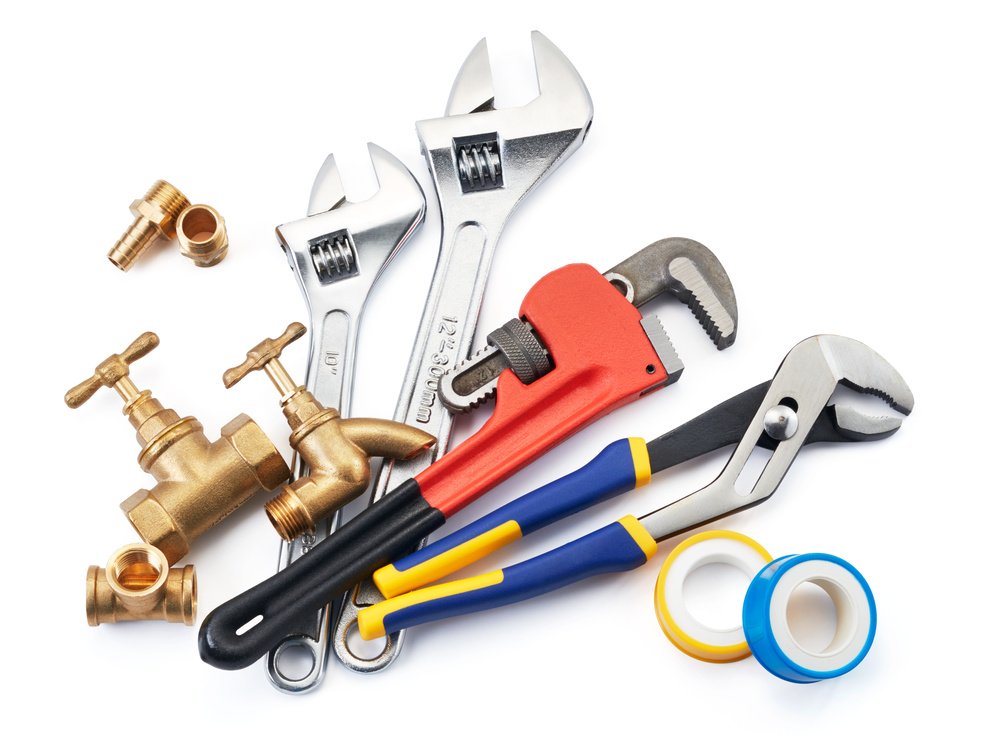7 Best Plumbing Tools For Your Home
RH Business Marketing Solutions
Plumbing issues can occur in your home at any time. But before you think of contacting a professional plumber, it’s essential to figure out if you can handle the repair yourself.
Fortunately, most plumbing issues are easy to fix. And all you need is the right tools and knowledge to use them.
Since handling a DIY project gives one a sense of accomplishment, investing in plumbing tools to help you solve the issue successfully is crucial.
If you’re looking forward to purchasing these tools, here are some of the best plumbing tools you might need in your toolbox:
1. Plungers
The first must-have plumbing tool should be a plunger. While it seems insignificant, a plunger will come in handy whenever you have clogged drains.
A plunger consists of a rubber cup connected to a wooden or plastic handle. When the cup is pushed towards the drain opening, it sucks up the blockage that allows unrestricted water flow.
There are two types of plungers: cup or sink/tub plunger and flange or toilet plunger. Most homeowners are familiar with a cup plunger since it’s frequently used. In fact, most of them aren’t aware of the existence of flange plungers and use cup plungers to unblock their toilets.
A flange plunger is a bit different from a cup plunger. While it works like a sink plunger, a toilet plunger has a protruding rubber flap under its head. This extension acts as a toilet hole seal to allow effective blockage suction.
2. Olive Cutters
An olive cutter helps you to remove old olives from pipes without damaging the pipework (unlike olive pullers). These are equipped with two cutting blades.
Generally, an olive cutter might be the only tool you require if you need to get rid of olives from a pipe. Olive cutters come in two types: a screw olive cutter and a plier olive cutter. A screw type is ideal for limited spaces, while a plier type is suitable for large spaces.
3. Hand Auger
This tool is vital for removing debris from drains without breaking a sweat. A hand auger is essential for professionals and DIY enthusiasts in similar measures. It’s also used by individuals who want a quicker substitute for shovels.
If you have a broken pipe, you won’t experience difficulty digging around it using a hand auger.
4. Adjustable Wrench
The plumbing system is among systems with countless bolts and nuts. Therefore, you may require a tool that can help you lose and tighten these bolts when undertaking a DIY plumbing project. Luckily, with an adjustable wrench, you have just that. This tool helps adjust the grip size when working with different bolts and nuts.
A Plumbing Tip: When shopping for an adjustable wrench, it might help to consider choosing six and ten-inch models to allow broad flexibility. A 10-inch adjustable wrench will help with greater reach, while its counterpart six-inch will provide seamless access in narrow areas like under a kitchen sink bench.
5. Plumber’s Tape
With time, the groves attaching fitting screws are bound to get worn out. They cease to create a tight seal, leading to water leaks. Luckily, a plumber’s tape can help seal gaps to prevent water leaks. Therefore, having a plumber’s tape in your toolbox is vital since you might never know when you’ll need it.
If you don’t have a plumber’s tape, you can seal any gaps with regular duct tape. While this type might be a temporary solution, it may not be effective as a plumber’s tape.
6. Pipe Wrench
This tool is used to loosen and tighten fittings on bigger pipes. When shopping for this tool, you’ll need to purchase two since you’ll need one to hold the pipe while using the other to loosen or tighten the fitting. Since the pipe wrench comes with serrated jaws, it’s advisable to wrap the pipe with a cloth before gripping it to avoid damaging it.
7. Plumbing Snake
A plumbing snake comes in when unblocking a drain is challenging for a plunger. It comes with a metallic coil for easier and quick insertion into the drain. Depending on your requirements and preferences, you can choose a manual or a motorized plumbing snake.
While you’ll need to dig deeper into your pocket to purchase a motorized plumbing snake, it’s worth the cost since it’s more efficient than a manual one. On the other hand, a manual auger is cost-effective but harder to work with.
Understanding that a plumbing snake isn’t ideal for toilets with a flush is vital. If you need to use a plumbing snake on your blocked toilet, invest in a toilet plumbing snake to avoid damaging the toilet.
Conclusion
Plumbing systems experience different problems. These issues can be extensive, ranging from blocked drains to cracked pipes to leaks. Therefore, it's vital for a homeowner to have different kinds of plumbing tools to help correct these issues.
There are a lot of plumbing tools, with each working differently. All you need is to research the most commonly-used tools to be prepared for any plumbing issue that might arise.
